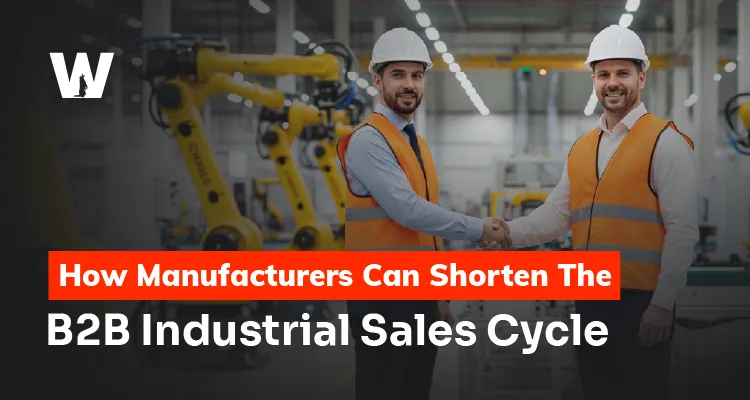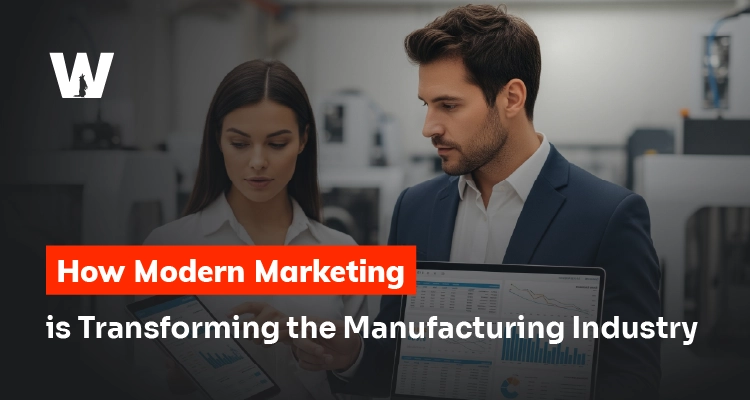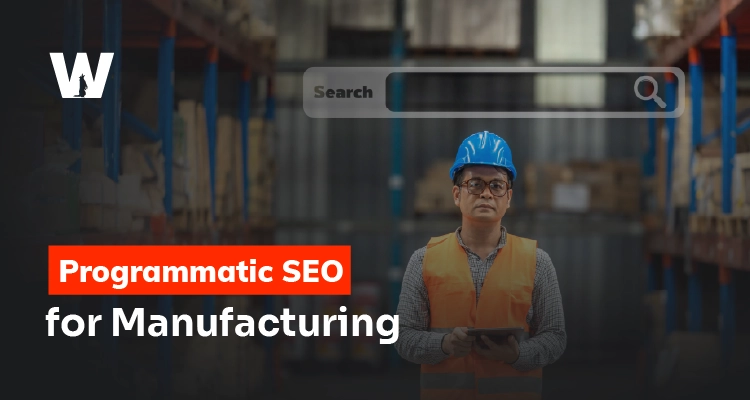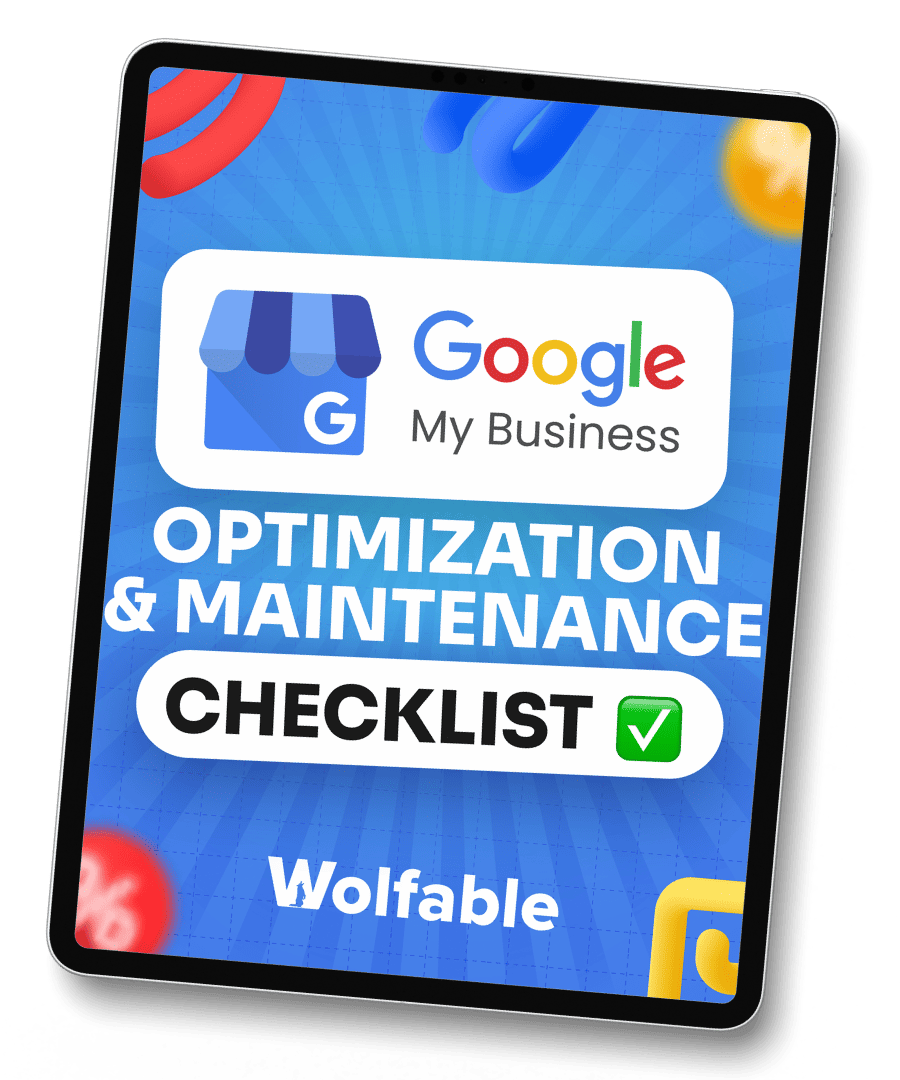Wraps up in 5 Minutes
Remember when you used to pack your business cards, polish your elevator pitch, and trek across the country to some massive convention center?
You'd spend thousands of dollars on booth space, hotel rooms, and overpriced conference coffee, all in hopes of making a few good connections and generating some leads.
Those days are fading fast.
While you were busy adjusting to remote work and digital everything, something fundamental shifted in the business world.
The place where deals get made, relationships are built, and industry conversations happen has quietly moved online.
Specifically, it's moved to LinkedIn.
Thanks to LinkedIn, you don't need to wait for the next big industry event to showcase your expertise, meet decision-makers, or generate quality leads.
LinkedIn has become your 24/7 trade show floor, where millions of professionals gather every single day to share ideas, solve problems, and do business.
In this guide, you'll see why LinkedIn has effectively replaced traditional trade shows for most businesses, and more importantly, how you can leverage this shift to grow your network, establish thought leadership, and drive real business results.
The Traditional Role of Trade Shows
For decades, trade shows were the beating heart of B2B networking and business development.
If you wanted to make it in your industry, you had to show up at these massive events with your best suit, a pocket full of business cards, and your game face on.
Trade shows served as the ultimate marketplace of ideas and opportunities. You could walk the exhibition halls and see every major player in your industry under one roof.
Want to check out the latest industrial advancement? There it was, with a live demo and someone ready to answer your questions.
Need to meet potential suppliers or partners? They were all there, competing for your attention with flashy booths and free branded swag.
These events were where industry trends were born and business relationships were forged.
You'd attend keynote presentations from thought leaders, participate in panel discussions, and most importantly, have those spontaneous conversations that happen when you bump into someone at the coffee station or while waiting in line for lunch.
Trade shows also provided something invaluable: credibility by association. Simply having a booth at a major industry event signaled that your company was legitimate and worth considering. The bigger your booth, the more successful you appeared. It was social proof in its most tangible form.
However, as effective as trade shows were, they came with significant limitations that we just accepted as "the cost of doing business." Little did we know that a digital revolution was brewing that would change everything.
Why LinkedIn Has Replaced Trade Shows
The shift from trade show floors to LinkedIn feeds didn't happen overnight, but when you look at the facts, it's clear that LinkedIn has become the superior platform for professional networking and business development.
Here's why LinkedIn has effectively replaced traditional trade shows for most businesses:
Accessibility
Trade shows were exclusive by design. You had to be in the right place at the right time, and you had to pay to play.
If you couldn't make it to Germany for that big industry conference, you missed out. Period.
LinkedIn changes all of that. You can connect with industry leaders from your office, your home, or even while waiting for your coffee order.
There's no geographical barrier, no travel required, and no need to block out three days from your calendar. The entire professional world is accessible 24/7 from any device.
You can engage with CEOs of Fortune 500 companies just as easily as you can connect with startup founders.
That executive who would have been surrounded by crowds at a trade show booth?
They're just a thoughtful comment or connection request away on LinkedIn. The playing field is level in a way it never was at physical events.
Affordability
A typical trade show could easily cost you $10,000 to $50,000 or more when you factor in booth space, travel, accommodation, meals, and staff time. And that's for just a few days of exposure.
LinkedIn operates on a completely different economic model. You can build your presence, share content, and network extensively for free.
Even LinkedIn's premium features and advertising options cost a fraction of what you'd spend on a single trade show.
You can run targeted LinkedIn ads for months with the budget you'd blow on one conference.
The return on investment is clear. Instead of spending thousands to reach hundreds of people over a weekend, you can invest that same money into consistent LinkedIn activities that reach thousands of people over months or years.
Scale
Trade shows were limited by physical space.
Even the largest convention centers could only hold so many people, and you could only have meaningful conversations with a small fraction of attendees.
LinkedIn operates at internet scale. There are over 900 million professionals on the platform, representing virtually every industry and company size. Your content can reach thousands of people instantly, and there's no limit to how many meaningful connections you can make.
Think about it: at a trade show, you might collect 100 business cards if you had a really good event.
On LinkedIn, a single well-crafted post can generate hundreds of meaningful interactions, comments, and connection requests. The scale is simply incomparable.
Data-Driven Networking
Trade shows were largely guesswork.
You'd set up your booth, hope the right people would stop by, and try to remember everyone you met. Follow-up was often hit-or-miss because you were working with incomplete information.
LinkedIn gives you data superpowers. You know exactly who's viewing your profile, engaging with your content, and showing interest in your company. You can see someone's complete professional background before you reach out, understand their interests based on their activity, and time your outreach perfectly.
The platform's analytics show you which content resonates with your audience, when your connections are most active, and how your network is growing.
This level of insight was impossible with traditional trade shows.
Democratization
Perhaps most importantly, LinkedIn has democratized professional networking.
Trade shows favored big companies with big budgets. The best booth locations, the largest displays, and the most prominent speaking slots went to whoever could pay the most.
On LinkedIn, a solo consultant with great insights can build more influence than a multinational corporation with a boring corporate voice. Your reach and impact are determined by the value you provide, not the size of your marketing budget.
Small businesses can compete with industry giants on equal footing. A startup can establish thought leadership in the same feed where Fortune 500 companies share their updates.
Success on LinkedIn is merit-based in a way that trade shows never were.
Practical Tips for Leveraging LinkedIn as a Trade Show
Now that you understand why LinkedIn has become the new trade show, let's get into the actionable strategies that will help you maximize your presence and results on the platform.
Optimize your LinkedIn profile like a booth
Your LinkedIn profile is your trade show booth, and just like a physical booth, first impressions matter enormously.
You have seconds to capture someone's attention and communicate what you're all about.
Start with a professional headshot that shows your face clearly. This isn't the place for group photos, logos, or artistic shots. People connect with people, and your face is the first step in building that human connection.
Your headline is your booth banner. Don't just list your job title – use this space to communicate the value you provide. Instead of "Marketing Director at ABC Company," try "Helping B2B Companies Double Their Lead Generation Through Strategic Content Marketing."
Write a compelling summary that tells your professional story. Include your key achievements, what drives you professionally, and how you help others. Use bullet points to make it scannable, and don't be afraid to show some personality.
Fill out every section of your profile completely. Add your experience, education, skills, and certifications. The more complete your profile, the more likely you are to appear in searches and the more credible you appear to potential connections.
Get recommendations and endorsements from colleagues, clients, and partners.
These serve as testimonials that build trust and credibility, just like customer quotes displayed at a trade show booth.
Post content regularly
At a trade show, you'd have brochures, product demos, and presentations to showcase your expertise.
On LinkedIn, your content serves the same purpose. The key is consistency.
Share valuable insights at least 3-5 times per week. This could be industry news with your commentary, lessons learned from recent projects, tips that help your audience solve problems, or behind-the-scenes glimpses of your work.
Mix up your content formats. Share text posts with your thoughts, upload images with captions, share relevant articles with your perspective, and create native LinkedIn videos or carousels. Different formats appeal to different people and help you stand out in the feed.
Always lead with value. Before you post anything, ask yourself: "What will my audience gain from this?" Whether it's a new perspective, practical advice, or simply entertainment, make sure every post serves your audience first.
Use relevant hashtags to increase discoverability, but don't go overboard. Three to five targeted hashtags per post is plenty.
Research which hashtags your ideal audience follows and incorporate those into your content strategy.
Engage daily
At trade shows, networking happened through conversations.
On LinkedIn, engagement is how you build relationships. Make it a daily habit to spend 15-30 minutes actively engaging with your network.
Comment meaningfully on posts from your connections and target audience. Don't just drop emoji reactions – add thoughtful comments that continue the conversation or provide additional insights. These comments often get as much visibility as the original posts.
Respond to every comment on your own posts promptly and thoughtfully. This shows you value engagement and helps keep the conversation going, which increases your post's reach in LinkedIn's algorithm.
Send personalized connection requests to people you genuinely want to connect with. Reference something specific about their background or content that caught your attention. Never send generic connection requests.
Celebrate your connections' achievements by liking, commenting on, and sharing their milestone posts.
This builds goodwill and keeps you top-of-mind in a positive way.
Host webinars or LinkedIn Lives
Trade shows featured keynote speakers and educational sessions.
You can create the same experience on LinkedIn through webinars and live broadcasts.
LinkedIn Live allows you to broadcast directly to your network in real-time. Use this feature to host Q&A sessions, share industry insights, conduct interviews with other experts, or provide live training on topics relevant to your audience.
Promote your live events in advance through regular posts and direct messages to key connections. Create anticipation by sharing what attendees will learn and how it will benefit them.
During live sessions, actively engage with viewers by answering questions and acknowledging comments. This creates the same interactive experience people loved about trade show presentations.
Record your sessions and repurpose them as regular video content.
One live session can become multiple pieces of content that continue providing value long after the initial broadcast.
Track metrics
Trade shows provided immediate feedback – you could count booth visitors, collect business cards, and measure interest levels.
LinkedIn provides even better analytics, but you need to know what to measure.
Monitor your profile views to see if your optimization efforts are working. Increasing profile views indicate that your content and networking activities are driving interest.
Track your connection growth rate and quality. It's not just about numbers – focus on connecting with your ideal prospects and industry influencers.
Analyze your content performance to understand what resonates with your audience. Look at likes, comments, shares, and click-through rates to identify your most effective content types and topics.
Use LinkedIn's native analytics tools, but also track business metrics like leads generated, meetings booked, and deals influenced by your LinkedIn activities. This helps you calculate your real ROI.
Set monthly and quarterly goals for your LinkedIn activities.
Whether it's reaching a certain number of connections, posting frequency, or engagement rates, having specific targets keeps you focused and motivated.
Conclusion
The transformation from trade show floors to LinkedIn feeds represents more than just a shift in platforms.
It's a fundamental change in how business relationships are built and maintained.
You now have access to networking opportunities that are more accessible, affordable, scalable, and data-driven than anything traditional trade shows could offer.
The key is consistency and authenticity. Just like trade shows require showing up and engaging genuinely with attendees, LinkedIn success comes from regular participation, valuable content creation, and meaningful relationship building.
The difference is that you can do all of this from anywhere, at any time, and at a fraction of the cost.
However, navigating LinkedIn's complexities and maximizing its potential for business growth requires expertise and strategic thinking. This is where having the right digital marketing partner becomes invaluable.
At Wolfable, we've helped countless businesses transform their LinkedIn presence from static profiles into powerful lead generation engines.
As one of the industry's leading digital marketing agencies, we understand that LinkedIn isn't just another social media platform – it's a sophisticated business tool that requires a strategic approach to deliver real results.
Ready to transform your LinkedIn presence into your most powerful business development tool?
Let's talk about how Wolfable can help you dominate your industry on LinkedIn and turn connections into customers.
Contact Wolfable today for a free consultation and discover how we can help you build a LinkedIn strategy that delivers measurable business results.









